1.0 - INTRODUCTION
When I decided to build Tricorduino 4.0, I felt more or less like Mr. Spock in the classic series episode called, “The City on the Edge of Forever”, when he was trying to make modifications to his broken Tricorder. I don't mean the feeling of building the first mnemonic circuit in history, but rather of working with little more than soft clay and chipped stone. As I explained before, Tricorduino is far from being a Tricorder because the idea of a real Tricorder involves a miniaturization of systems that are currently very large. In the episode in question, Spock used thermionic valves to recover the damaged Tricorder. Of course, this is just fiction, but the plastic of the film wants to show precisely the fact that technology evolves both, concept and in miniaturization. Even for Spock's brilliant Vulcan mind, it was quite complicated to carry out repairs on the Tricorder in New York during the Great Depression of the 1930s. Perhaps it would be much easier if it were today in 2023, in Silicon Valley. To summarize the situation, it is not impossible to build a real Tricorder with current technology, but it is still impossible for it to be the size conceived in the Star Trek series. We cannot contain a precision spectrograph or a database of the complete history of the earth in detail inside a multimeter box. Let's say that between 1930 and 2023, we evolved from galena diodes and thermionic valves to something like polymers and processed silicon. However, a lot still has to happen between 2019 and 2260, the year in which the classic Star Trek series takes place.
As was very evident, for those who read the posts regarding tests with Tricorduino 3.0, the degree of miniaturization is essential to have an instrument that can be used anywhere and at all times. It is also essential to have a screen that can be viewed during the day in intense sunlight. Solving all these problems and still having energy for at least 4 or 5 hours of continuous operation is quite challenging. A practical Tricroder should have the dimensions of a cell phone. With this in mind, I decided to completely reformulate this project and set out to create Tricorduino 4.0.
2.0 - DESCRIPTION
2.1 - Processor
Tricorduino 4.0 uses the TTGO T-Display which is an excellent development board, incorporating an ESP32 processor (with support for WiFi and Bluetooth) and a small OLED display. Okay, the first thing you might be thinking is that it's really small. Yes, it's very small, but it's surprisingly efficient. The screen is bright enough to view during the day, even in sunlight. Because it is very small, the degree of miniaturization allows us to build something that can be carried in your pocket without any problems. Furthermore, since the OLED display is inserted into the processor block, we have enough free pins to connect all possible and imaginable types of sensors and switches. By switching the Feather-MO processor for a TTGO Esp32, I lost the advantage of using a micro SD card to record observational data, which is sometimes of utmost importance. However, I can still solve this problem by transmitting information via ESPNow from the TTGO processor to a mobile unit with an Esp32 attached to a micro SD card reader. In fact, the possibility of using the ESPNow protocol opens up a series of prospects for readings from probes that can be scattered in the environment to be researched.
2.2 - Hardware
A very important thing I learned while building Tricorder prototypes is that it is essential to use printed circuit boards. If you assemble a prototype using wires, sockets, breadboards, and the like, your device is destined to fail at the most critical moments. So, after conducting all the basic tests on breadboards, I decided to purchase professional printed circuit board fabrication services. The investment is not too expensive, and the return is very good. Contact failures during field operations completely disappear....
Read more »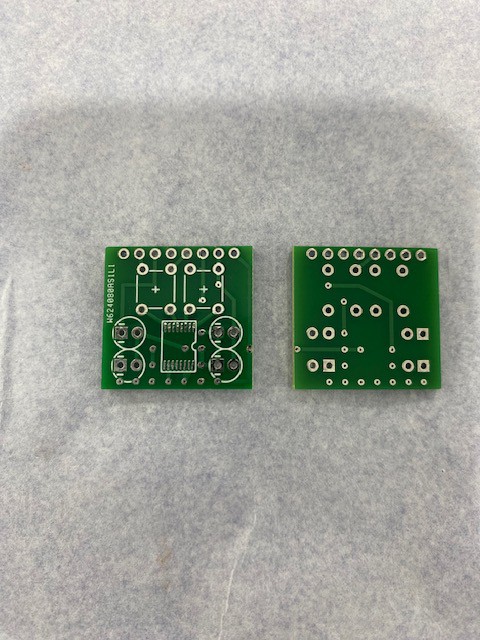
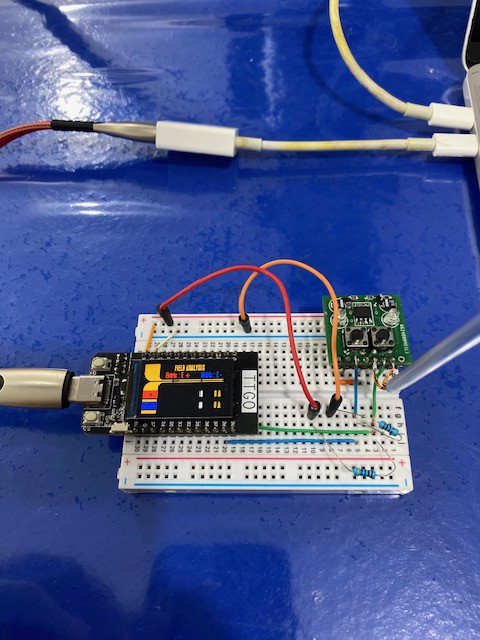
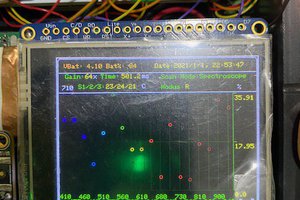
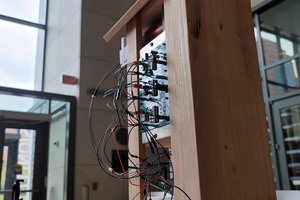
 Keerat Singh
Keerat Singh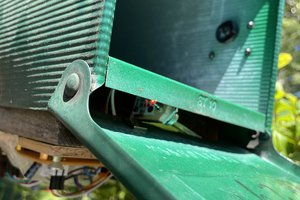
 Rex Garland
Rex Garland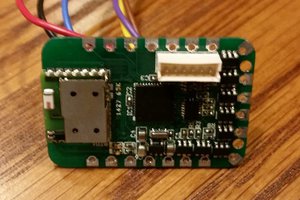
 Statutory Therapy
Statutory Therapy